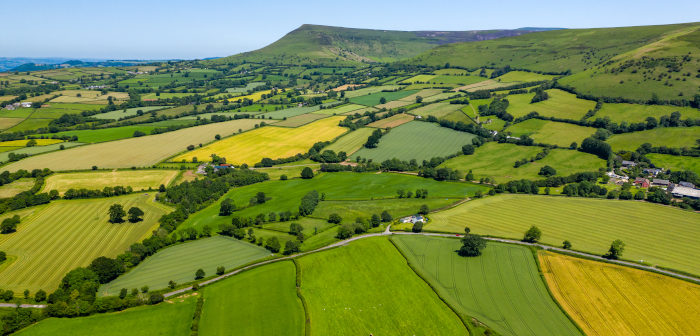To help sectors identify areas for improvement and to facilitate positive change, Crop Health and Protection (CHAP) and AHDB have released a new industry report.
The report aims to help farmers and growers reach net zero targets by optimising unique opportunities to capture carbon, as well as supporting other sectors in the industry-wide ambition to reduce UK agriculture’s climate change impacts.
The report’s data was formulated from an evidence base of existing UK greenhouse gas emission assessments for arable and horticultural crops, with international data included for comparative purposes.
The data pool was then evaluated to produce benchmark emissions for key crops, to identify the most important emission sources, emission hotspots and opportunities to increase carbon removals.
For arable crops, grain maize recorded the highest reported UK emissions intensity, at 1380kg CO2e/tonne. Though its lowest reported UK emissions intensity sat at 340kg CO2e/tonne; giving it a benchmark intensity of 470kg CO2e/tonne.
Oilseed rape crop recorded the highest benchmark UK emissions intensity (other than linseed, which lacked robust methodologies). OSR has a benchmark of 740kg CO2e/tonne.
Winter milling wheat then recorded the third highest benchmark emissions intensity, at 420kg CO2e/tonne; followed by winter wheat (feed) and winter barley, which both had a figure of 340kg CO2e/tonne.
How the crop sector can move towards net zero
From the report’s findings, CHAP and AHDB have suggested how the crop sector can move towards net zero: by reducing emissions and enhancing carbon removals from the atmosphere.
Further to that, reducing emissions related to the use of nitrogen fertiliser could drastically reduce certain crop’s GHG emissions. As could the overall reduction of fuel uses on farms, ‘whether in the field, glasshouse, post-harvest, or in storage’.
Conclusions drawn from the report also highlight that what sectors can do to improve their GHG emissions will vary. For instance, in arable crops, reducing emissions due to nitrogen fertiliser is more important, while in horticulture, especially where stored long term or produced in a glasshouse, energy production is of higher importance.
Secondly, to drive reductions in climate impact, actions taken need to reduce emissions per hectare of production, while maintaining or increasing production.
Changes in technologies around low-carbon fuels, energy generation and supply, and the manufacturing of nitrogen fertilisers will help reduce embedded emissions associated with crop production; ‘funding mechanisms, either through public or private schemes, will be needed, with innovation pathways carefully monitored to ensure that the right practices are adopted and implemented in the right places’.
For the full report or for further information, visit the CHAP website: chap-solutions.co.uk.




